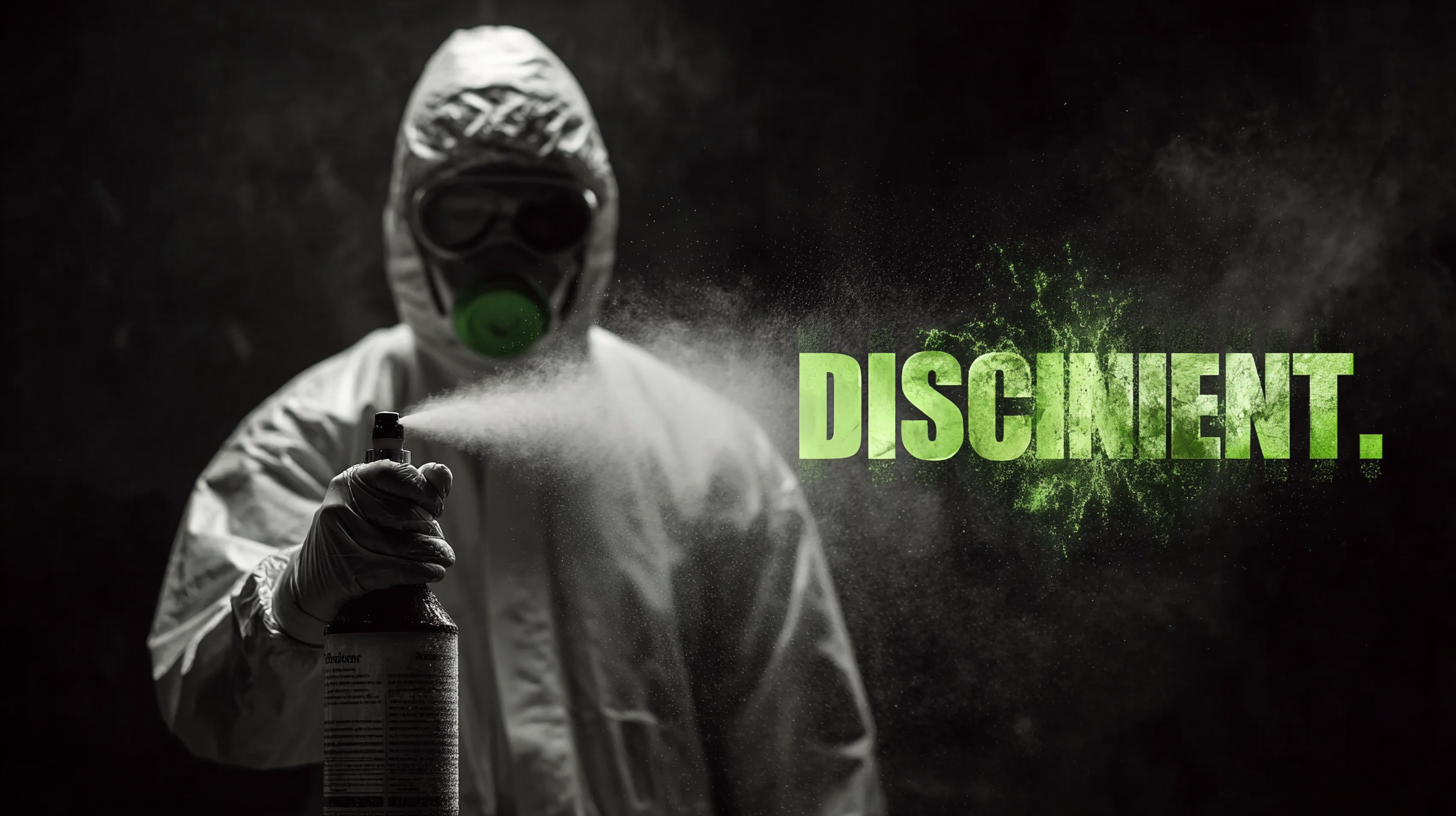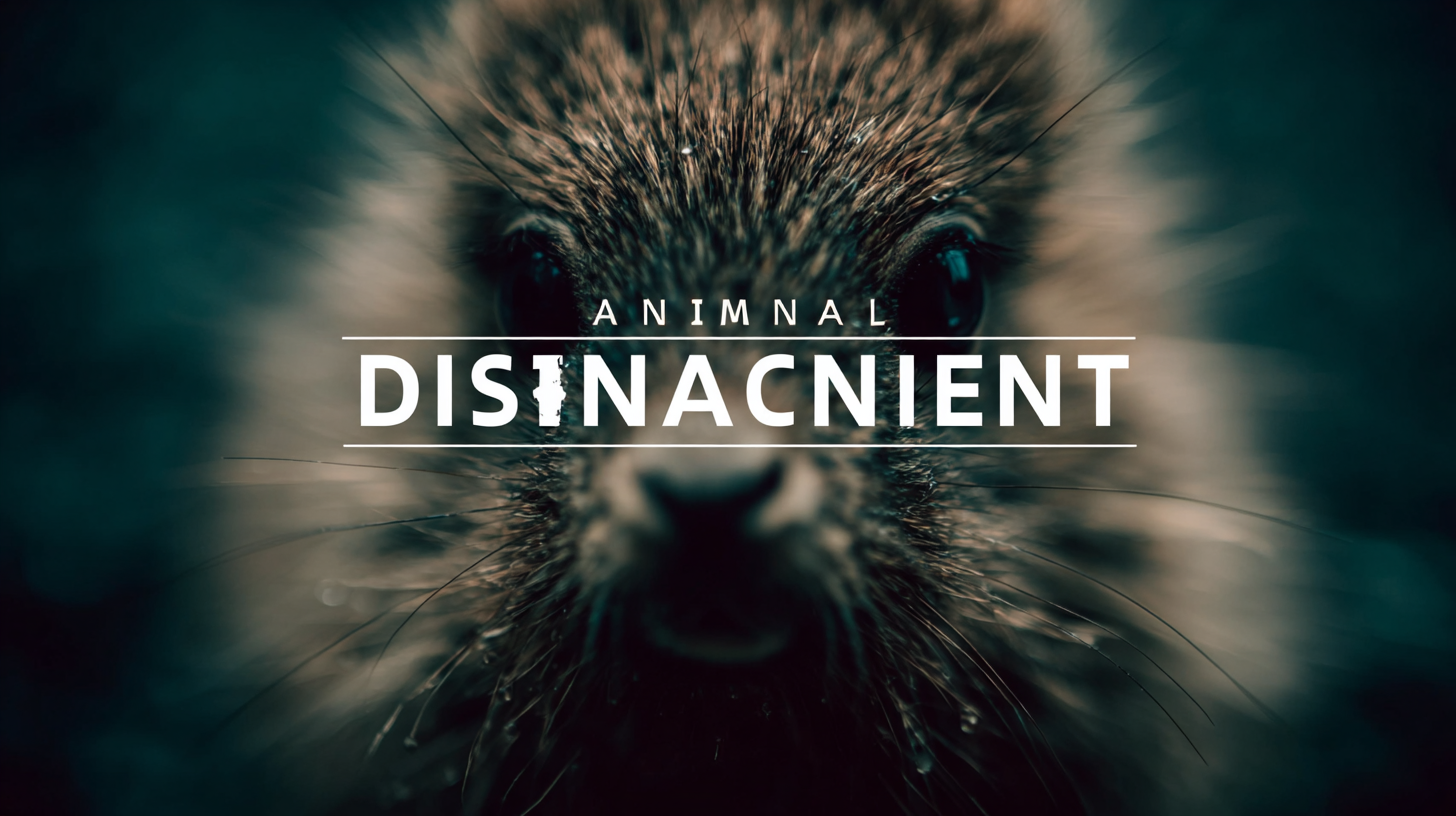In the veterinary and agricultural sectors, maintaining a clean and disease-free environment is crucial for animal health and productivity. According to the American Veterinary Medical Association, infectious diseases can lead to significant economic losses, emphasizing the importance of effective sanitation practices. The right choice of animal disinfectant plays a vital role in controlling pathogens and minimizing the spread of diseases among livestock and pets.
 With a wide array of products available on the market, it becomes essential to understand the specific needs of your operations. Recent studies indicate that improper disinfectant selection can result in suboptimal biosecurity measures, potentially leading to outbreaks in both agricultural settings and animal facilities. This tutorial will explore the top strategies for selecting the best animal disinfectant tailored to your unique requirements, ensuring a healthier environment for animals while safeguarding your investment in their care.
With a wide array of products available on the market, it becomes essential to understand the specific needs of your operations. Recent studies indicate that improper disinfectant selection can result in suboptimal biosecurity measures, potentially leading to outbreaks in both agricultural settings and animal facilities. This tutorial will explore the top strategies for selecting the best animal disinfectant tailored to your unique requirements, ensuring a healthier environment for animals while safeguarding your investment in their care.
The significance of animal disinfectants in global health cannot be overstated, particularly in the face of emerging zoonotic diseases. According to the World Health Organization, around 60% of infectious diseases that affect humans are zoonotic, emphasizing the need for effective sanitation strategies in animal care settings. Disinfectants play a crucial role in controlling these diseases by reducing the bacterial and viral loads on surfaces, thereby preventing transmission to humans and other animals.
A comprehensive report by the Centers for Disease Control and Prevention (CDC) highlights that proper disinfection can decrease the prevalence of pathogens by up to 99.9%. This statistic underscores the importance of selecting the right disinfectant tailored to specific animal care environments. Factors such as the type of pathogens present, the nature of the surfaces being treated, and the presence of animals determine the effectiveness of disinfectants. Therefore, understanding the unique needs of each facility is essential for optimizing health and safety for both animals and humans alike.
| Disinfectant Type | Active Ingredient | Efficacy Against Pathogens | User Safety | Environmental Impact | Application Method |
|---|---|---|---|---|---|
| Quaternary Ammonium Compounds | Benzalkonium Chloride | Effective against bacteria and fungi | Low toxicity for animals | Biodegradable | Spraying, wiping |
| Bleach | Sodium Hypochlorite | Broad-spectrum antimicrobial | Use with caution; can irritate skin | High toxicity to aquatic life | Dilution before use |
| Phenolic Compounds | Phenol | Effective against bacteria, viruses | Moderate toxicity; proper gloves recommended | Biodegradable in low concentration | Mopping, spraying |
| Iodine-based Disinfectants | Povidone-iodine | Strong against bacteria, viruses | Low irritation for skin | Low environmental hazard | Dipping, spraying |
| Hydrogen Peroxide | Hydrogen Peroxide | Effective against a variety of pathogens | Generally safe; can cause mild irritation | Biodegradable | Spraying, soaking |
When selecting an animal disinfectant, it's essential to consider several key factors that ensure both effectiveness and safety for your specific needs.
 First, evaluate the spectrum of activity required. Some disinfectants target a broad range of pathogens, including bacteria, viruses, and fungi, while others may be more specialized.
For instance, if you’re working in a veterinary clinic, a product with proven efficacy against common zoonotic diseases is crucial.
First, evaluate the spectrum of activity required. Some disinfectants target a broad range of pathogens, including bacteria, viruses, and fungi, while others may be more specialized.
For instance, if you’re working in a veterinary clinic, a product with proven efficacy against common zoonotic diseases is crucial.
Next, consider the formulation and application method of the disinfectant. Liquid solutions may be suitable for surfaces, while fogging agents are effective for larger areas.
Pay attention to the contact time required for the disinfectant to kill pathogens. A faster acting disinfectant can save valuable time in high-intensity settings,
but ensure it doesn't compromise safety for the animals or humans in the environment. Lastly, assess the product's safety profile. Non-toxic and biodegradable options are preferable,
especially in settings where animals are present, to minimize any adverse effects on their health.
When selecting an animal disinfectant, evaluating its efficacy and safety should be your top priority. The effectiveness of a disinfectant is crucial in ensuring that pathogens are eliminated and the health of your animals is maintained. Look for products that are proven to kill a broad spectrum of bacteria, viruses, and fungi. Check for certifications from recognized authorities, which can provide assurance of the disinfectant's performance. Additionally, consider the contact time required for the disinfectant to work effectively, as improper use can lead to inadequate disinfection.
Safety is equally important, particularly when considering the sensitivity of different species to chemicals. It’s essential to choose disinfectants that are safe for the specific animals you are working with. Look for formulations that are non-toxic and free from harsh chemicals, as these can cause adverse reactions or harm to the animals. Furthermore, consider the application method; some disinfectants may require specific precautions or protective gear during usage. By prioritizing both efficacy and safety, you can ensure a healthy environment for your animals while reducing the risks associated with the disinfectant.
When it comes to selecting the right animal disinfectant, understanding the differences between domestic and international brands is crucial for ensuring quality assurance. Domestic disinfectants often have formulas tailored to address specific regional pathogens and environmental conditions. Manufacturers might prioritize compliance with local regulations, which can lead to more effective formulations for local farms and veterinary practices. By choosing a domestic brand, users can often benefit from quicker access to customer support and localized knowledge about the disinfectant's application.

On the other hand, international brands may offer an array of products backed by extensive research and development. These companies can leverage advanced technology and scientific data from global markets, often resulting in highly effective and versatile disinfectants. However, it's essential to evaluate the effectiveness of these products concerning regional pathogens and to ensure they meet local regulatory standards.
Comparing both options allows consumers to make informed decisions, balancing the unique advantages of both domestic responsiveness and international innovation in the quest for effective animal hygiene solutions.
When selecting the best animal disinfectant, integrating sustainable practices into the production process is essential. Many traditional disinfectants may contain harsh chemicals that not only impact the environment but can also pose risks to animal health. Choosing products formulated from naturally derived ingredients or those that come from sustainable sources can significantly mitigate these impacts. As consumers, being aware of manufacturing practices, such as the use of renewable resources and eco-friendly processes, can lead to more responsible purchasing decisions.
Tip: Look for disinfectants that carry eco-certifications or labels indicating sustainable production. These products often utilize biodegradable ingredients and reduce environmental harm during and after usage.
Additionally, consider the life cycle of the disinfectant. Sustainable practices should encompass the entire process, from raw material sourcing to disposal. Disinfectants that are concentrated can minimize transportation emissions and packaging waste, offering an eco-friendlier alternative. Opting for products that emphasize recyclability in their packaging can also contribute to reducing their environmental footprint.
Tip: Research brands that prioritize sustainability in their operations. Reviews and testimonials can provide insights into how companies implement these practices and their commitment to environmentally responsible products.
